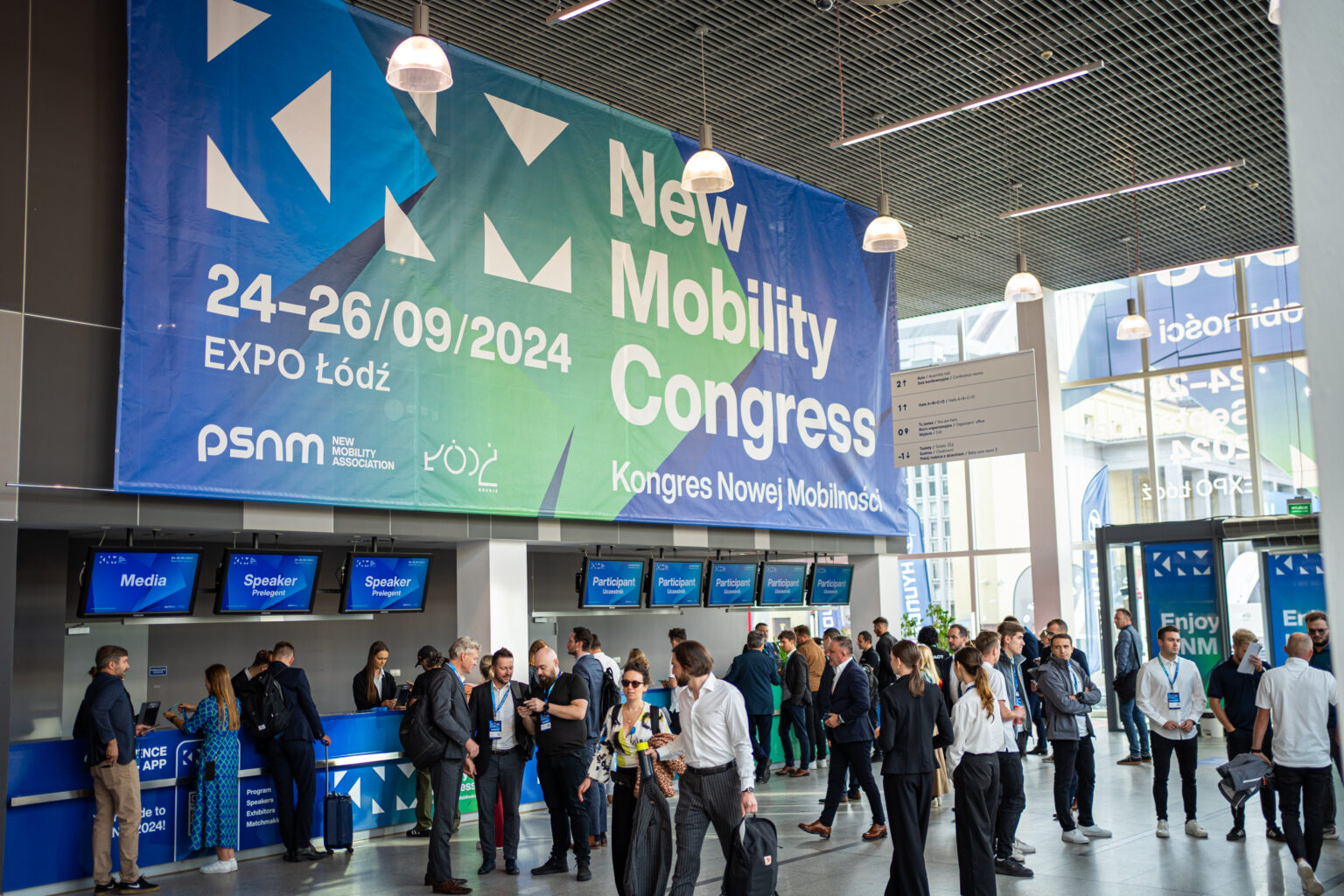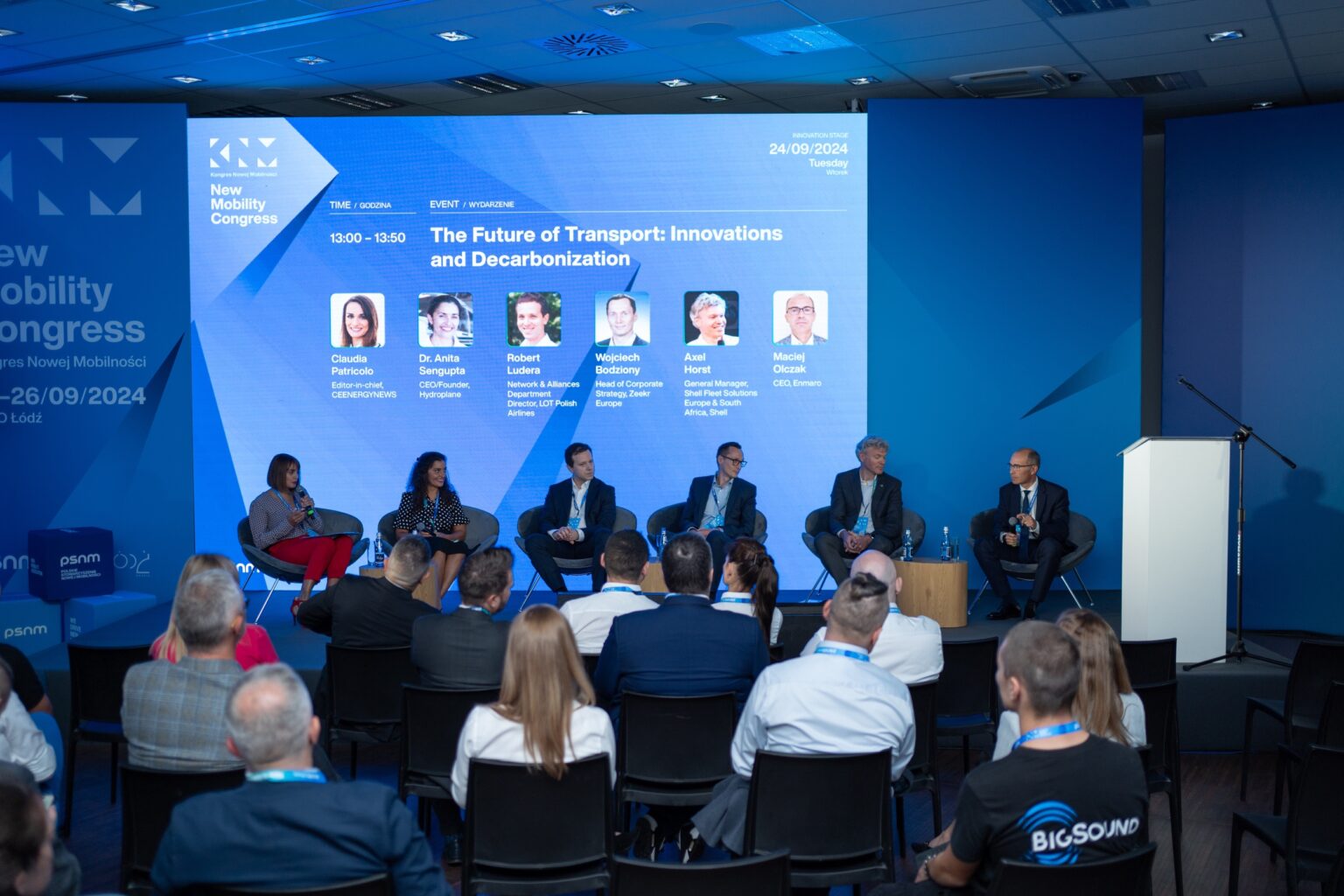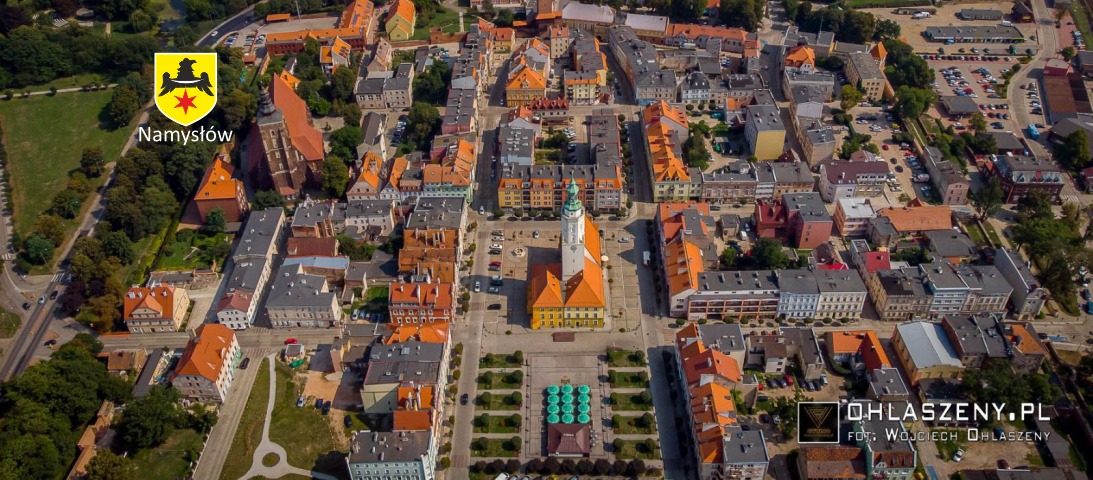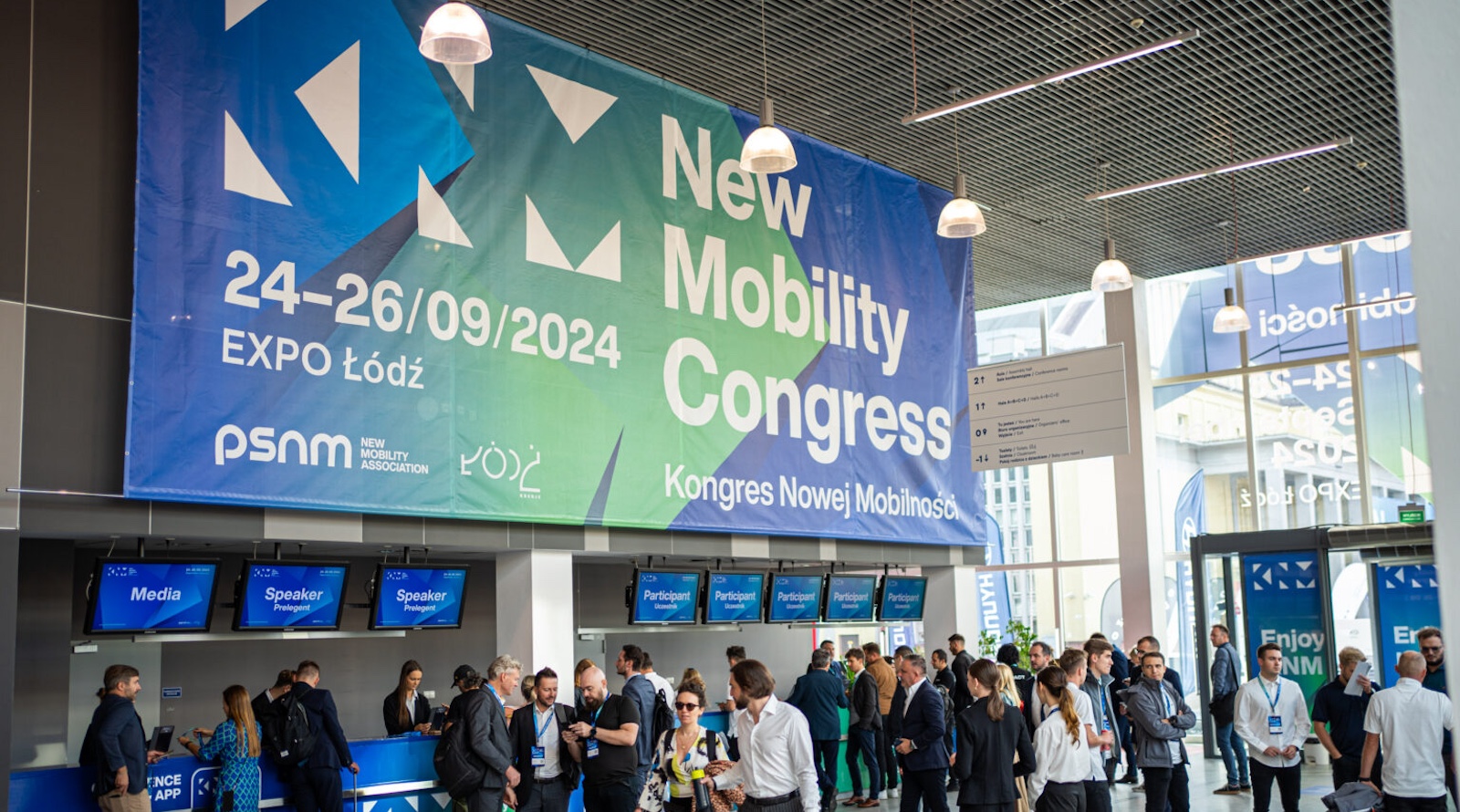Sign up for daily news updates from CleanTechnica on email. Or follow us on Google News!
A few days ago, I shared with you my planned attendance at the New Mobility Congress organized by the Polish New Mobility Association in Łódź, Poland, for the whole EV related industry of the CEE region. Once again, it lived up to my expectations, delivering interesting keynotes, riveting panels, and top speakers. As I also mentioned in my previous piece, my role at the congress changed from being an EV campaigner/expert to being a head of a local government in the small town of Namysłów (which I truly hope will be written about more here in the future). That change of perspective opened my eyes to issues and areas I somehow overlooked earlier, and I’ll take you through some of my findings on the state of EV infrastructure development in small towns and rural areas to arrive at what I’m planning to do in my own small town. I now have a sincere wish my actions will serve as a model for other small towns to follow.
Let me start by showing you how small towns are neglected and simply left out of the e-mobility transformation in Poland already at the state-law level. I am going to investigate it further, but my anxiety is growing that other counties may share a similar approach. In short, Poland introduced a very good E-mobility Act that regulates most matters relating to the introduction of zero emission vehicles and developing the necessary infrastructure for them. It also defines numerous incentives for EV owners, such as free city parking, bus lane use, tax benefits, etc. Most importantly, though, it stipulates the obligations placed on local governments in terms of how many charging points they must install by certain dates and how many zero emission vehicles they must have in their fleets. It does sound good, and it is, with just one significant “but” — the obligations apply to local governments of 50,000 residents or more when it comes to electric fleet share and 100,000 or more when it comes to charging points. Out of about 2,500 local governments in Poland, the act leaves out about 90% of them, as it only includes 250–300 units depending on what data we take into account.
How come it never occurred to me earlier? The only explanation is the initial excitement of having the E-mobility Act at all and simply focusing on campaigning for e-mobility in general. Today, however, leading one of the excluded local governments myself, it hits me as one of the main obstacles in accelerating the development of e-mobility across Poland and Europe. It is the local mayors and presidents who have the authority and resources to act, but they quite often lack knowledge, motivation, and engagement, which would have been there had the act been worded differently.

Now comes another disappointment that grew on me during many of the otherwise interesting panels and conversations. Most people keep using the phrase “EV infrastructure” without ever differentiating its distinctive types, which in most cases leads to both experts and the audience focusing on corridor charging infrastructure, or how I call it, travel charging infrastructure. Why is that a problem? First of all, we neglect the whole section of community-level charging stations and destination charging, or site charging, which needs equal attention even though its less sexy than super-fast DC charging.
Secondly, by not stating the difference, we confuse stakeholders who can hear the good news on the number of charging points and reports of growing infrastructure, and yet may miss the fact that this growth is not evenly distributed. Thirdly, we miss the opportunity to stress how important the community-level charging is and why a fast DC charger in a small town contributes nothing to the development of e-mobility in that particular location. There are three fast chargers in my small town, all installed in recent months, and for obvious reasons, I have never used them and with all probability never will. We need to make sure the charging infrastructure receives proper attention in our campaigning efforts, and we can start by clearly defining its types and how they apply to current and future EV users. I’d start with the basics in our overall communication:
- Corridor level charging — all the chargers, usually fast and super-fast DC chargers, installed along main roads and motorways. In Europe, the key network is called the Trans-European Transport Network (TEN-T) and it is well taken care of at the European level. You can read more about it in the Alternative Fuels Infrastructure Regulation by the European Union.
- Community level charging — charging infrastructure planned to meet the needs of residents within a particular city or region. This is where we actually cater to the needs of residents of multi-dwelling units, tourists, or simply visitors. This is where local governments can and should play a role.
- Site level charging — hotels, restaurants, companies, you name it. Seems an obvious move for businesses to respond to the growing demands of EV users, yet these destinations still need a push and guidance to see the benefits.

Coming back to small towns, and in particular to my small town, I see great potential in what we can do in terms of community and site level charging infrastructure. My proposals would be as follows:
- Charging infrastructure on demand — if you are a multi-dwelling unit resident and you are buying an EV, apply to my local government and they will install a charging point(s) within 300m of your place of residence, unless there is already one there and the number of EVs within its range is below 4. The investment of an AC charging pole with two points is minimal for the local government, and all the formalities and land ownership are in the hands of the local government anyway. It is all about the message, though — the message of encouragement for the segment that most often righteously complains about being disadvantaged when compared to single-family house residents. Remembering that 70–80% of charging takes place at home/work, we need to deliver on that basic need. And I want this network to be semi-public — that is, available to local residents only (controversial, I know, but I am prepared to argue for it). To be perfectly clear, it is a solution for towns and rural areas where the development of e-mobility is still at a low level, which is the case for most small towns in Poland. As a mayor, I want to send out this message of support and encouragement to my residents.
- Local businesses to the rescue — Namysłów is lucky to have strong global brands and their production plants here. The top three employ almost 3,000 people in a community of 26,000 residents. That is a lot. All well-managed local governments build strong relationships with local business, big and small, and so do we. Now, we will make sure we encourage the businesses to provide charging infrastructure to their employees (only one does so today) by showing them our proactive approach (see charging infrastructure on demand above) and helping with all necessary support, if necessary. Quick win for everybody.
- Supermarket parking lots to the rescue — I’m not sure about other places, but most supermarkets within our community struggle with limited parking spaces. I know it would be challenging to ask them to give up 2–4 parking slots devoting them to slow AC charging today (maybe in the future), but we can still work together, it seems. They have the space in the right places near residential areas and usually have proper power capacity available. They only operate 7:00–21:00, so my plan is to install chargers there and have them available from 21:00–7:00, making everybody happy, I hope. It will support the residential charging network developed on demand and again attract more stakeholders to the game.
These three steps are my plan to help Namysłów become an EV friendly community where costs are distributed among various local players, with the local government serving as an initiator and residents enjoying the feeling of being looked after. I know, nothing above is rocket science, but I also know very few towns take this proactive approach and it’s partly because the key act on e-mobility let most of the local governments off the hook. That needs to change. Let’s make the first step following a good lead from the New Mobility Congress that noticed the issue first and helped me open my eyes.

Have a tip for CleanTechnica? Want to advertise? Want to suggest a guest for our CleanTech Talk podcast? Contact us here.
Latest CleanTechnica.TV Videos
CleanTechnica uses affiliate links. See our policy here.
CleanTechnica’s Comment Policy



